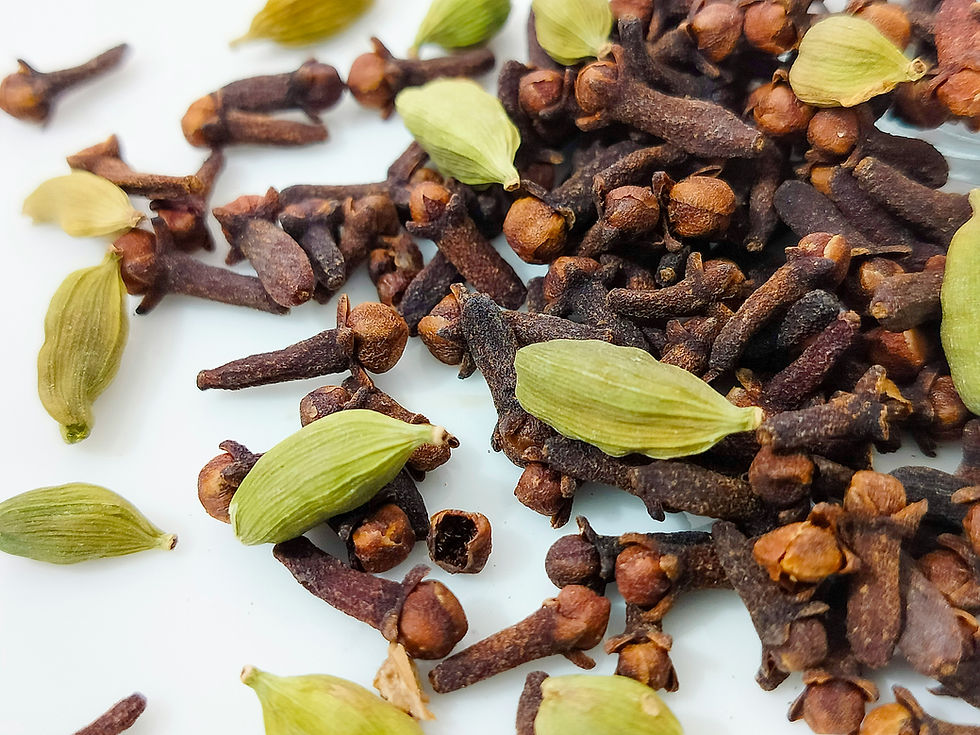Milk Quality: The Often Overlooked Determinant of Coffee Flavor and Texture
- IT DMK Cargo
- Jul 17
- 2 min read

For coffee lovers, especially those who enjoy cappuccino, latte, or flat white, milk is not just an accompaniment, but a key element that transforms the character of coffee. Understanding milk quality is essential for both baristas and home coffee enthusiasts to create the best flavor and texture.
Milk Composition: Protein, Fat, and Lactose
Protein (casein & whey) forms microfoam—a stable and smooth fine foam. Studies show that thermal processing of milk can alter protein structure and affect foam stability, with optimal processing temperatures ranging between 50–60°C.
Fat provides a “creamy” taste and supports a smooth texture. However, too much fat can hinder foam formation by disrupting the protein shell.
Lactose, a natural sugar, produces a light sweetness when steamed—this process also enhances flavor through initial caramelization.
Fresh Milk vs. UHT: Which is Better for Foam?
Fresh milk and low-temperature pasteurization (HTST) preserve proteins in optimal condition for good foam and provide a more natural flavor.
UHT milk undergoes extreme heating (≥135°C), which alters protein structure and results in less stable foam and a “cooked” aroma.
Steaming Technique: 55–65°C Is the Key
Heating milk to 55–65°C during steaming preserves the sweetness of lactose and prevents proteins from becoming overly denatured. Stretching and texturing techniques help create microfoam—a soft texture, smooth consistency, and ideal for latte art.
Plant-Based Milk “Barista Edition”: An Increasingly Better Alternative
For those who choose plant-based milk—oat, almond, or soy—the barista edition variants are specially developed to produce foam similar to cow's milk. They are enriched with plant-based proteins and stabilizers to maintain texture when heated.
However, it’s important to note: each type of plant-based milk has its own flavor profile that can influence the overall taste of the coffee.
So, Why Is Milk Important?
Milk isn’t just an ingredient—it’s a key factor in texture, flavor, and the overall coffee-drinking experience. From nutritional composition to processing and steaming techniques, every aspect influences the final result.
Baristas and coffee enthusiasts, it’s time to:
Choose milk with the right protein and fat content
Prioritize HTST or fresh milk for quality foam
Use perfect steaming techniques
Consider barista-edition plant-based milk if it aligns with your lifestyle
It’s Time for Your Coffee to Go Global!
Export your best Arabica/Robusta coffee with Mandala
Contact us via WhatsApp and email below:
WhatsApp: +62 813 9669 0008





Comments